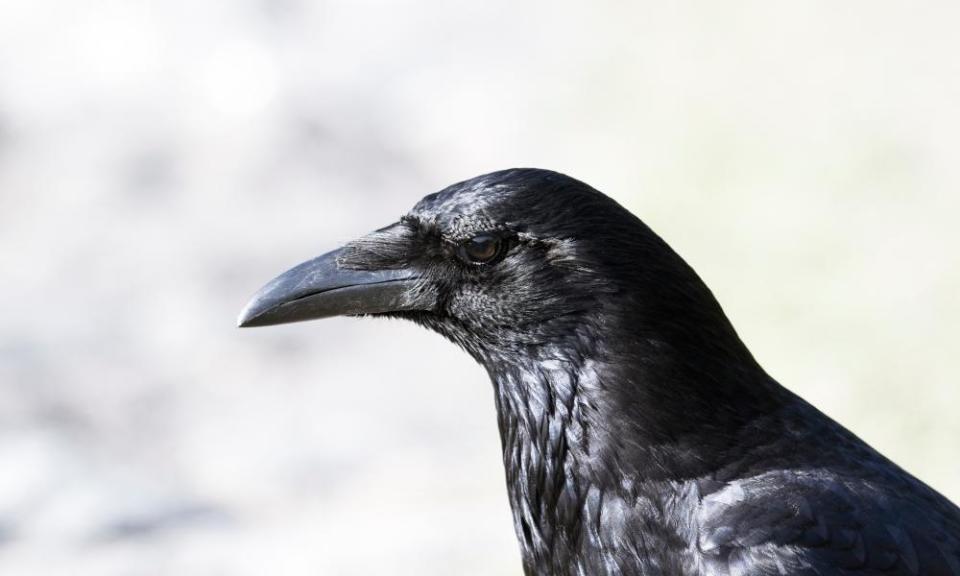Counting crows: Vancouver college maps thousands of attacks

It was a crow fiercely protecting its nest – and repeated complaints of it dive-bombing and swooping – that prompted the idea.
“Just about every day someone would come in and say: ‘I got smacked in the back of the head,’ or ‘Mary got smacked in the back of the head,’” said Jim O’Leary, a teacher at Langara College in Vancouver, Canada.
“I was thinking to myself: I know crows are smart but we’re pretty smart too. Isn’t there something that I can do about this?”
The result was CrowTrax, an online tool that since 2016 has documented about 2,500 crow attacks in the Metro Vancouver region, nearby Victoria and around the world.
You don’t hear anything and just like that you get smacked in the back of the head
Jim O'Leary
O’Leary, who teaches a course on geographic information systems (GIS), initially envisioned the site as a way to show his students how such systems could be used to map and store spatial data.
“But it kind of took on a life of its own. Because most people really don’t care about GIS; they just care about crows,” he said.
Within hours of launching the site, reports began pouring in. About 1,000 anecdotes came in during the site’s first year, and 1,500 the next year.
The deluge, particularly the many from across Metro Vancouver, surprised O’Leary. “I don’t know if crows are more aggressive in certain spots than others. It just seemed to be something which we experience here in Vancouver quite a bit,” he said, pointing to the city’s tall trees and concentration of rubbish bins as a possible explanation.
The site accepts reports only during the spring, or what O’Leary referred to as crow attack season – the period of typically eight to 10 weeks each year when crows are focused on protecting their eggs or young fledglings.
“When it happens, there’s a big spike,” he said. “I got like 100 reports in six hours one day.”
O’Leary, who created the site with another instructor, Rick Davidson, screens all the submissions for any obviously bogus reports, citing one that said: “A crow followed me into the bar and ran off with my girlfriend.”
The map lets users provide details of the attack and rate the bird’s aggressiveness, and see where attacks are happening so they can take steps to protect themselves. It has seemingly taken on a larger role in the city’s psyche. “It’s become a therapy for people … people just need to tell their story,” he said.
“It’s dramatic. If you’re going down the street and you see a dog and the dog is growling at you, well at least you get a bit of a warning. Maybe you can cross the street or you can steel yourself, get ready for an attack,” he explained. “But this comes from behind, invariably. You don’t hear anything and just like that you get smacked in the back of the head.”
Though he’s been swooped at a few times, O’Leary has never been attacked by crows. But after reading through the site’s thousands of submissions, he’s gained a new respect for the birds.
“The main thing that comes across is that crows are very intelligent, they work together. They’re one of the few species that actually uses tools,” he said, citing examples of crows using twigs to dig into tree crevasses for ants.
He’s also been astonished by their aggressiveness, pointing to stories of people being left with neck injuries after an attack. “Those crows, they’ve been getting away with murder for years,” he said. “They attack pigeons, squirrels, cats and dogs.”
As a result he’s modified his own behaviour during crow attack season, wearing a hat and turning around at the first whisper of wings behind him.
“Many of the reports are the same: ‘The crow attacked me from the back, hit the side of my head,’” he said. “Some of them are kind of scary. People are saying ‘a whole pack of crows followed me down the block and I had to go inside’.”

 Yahoo News
Yahoo News 